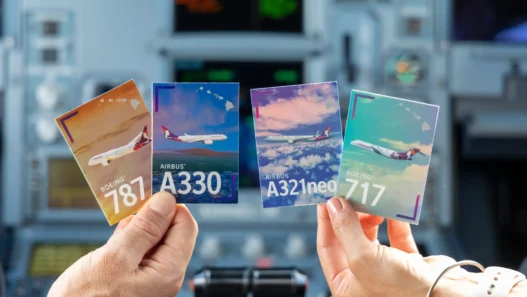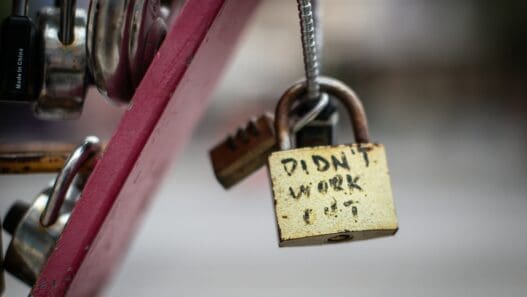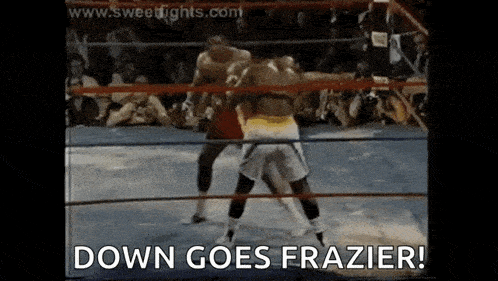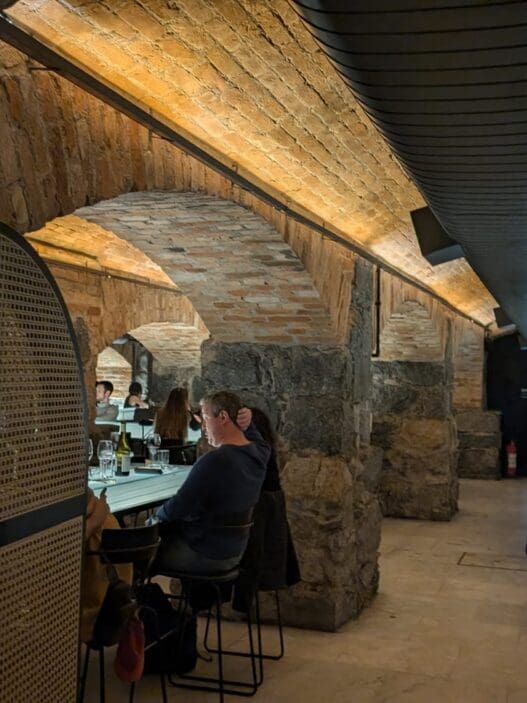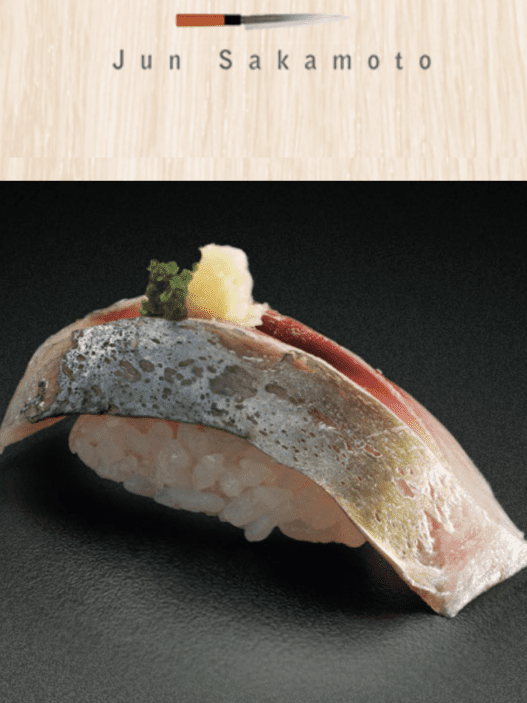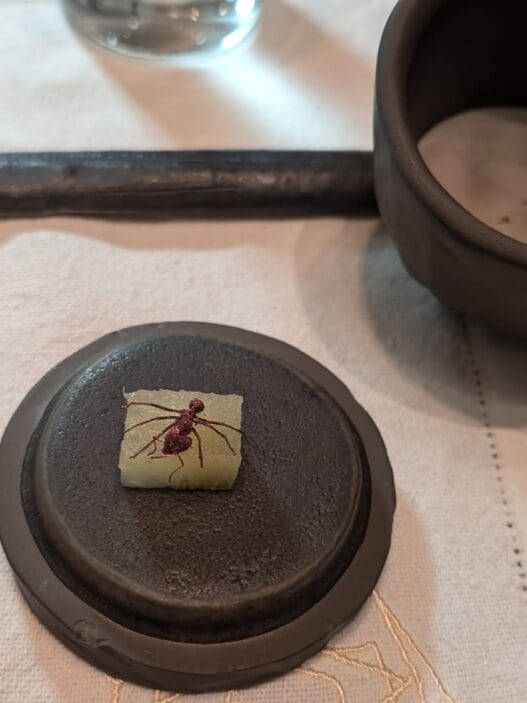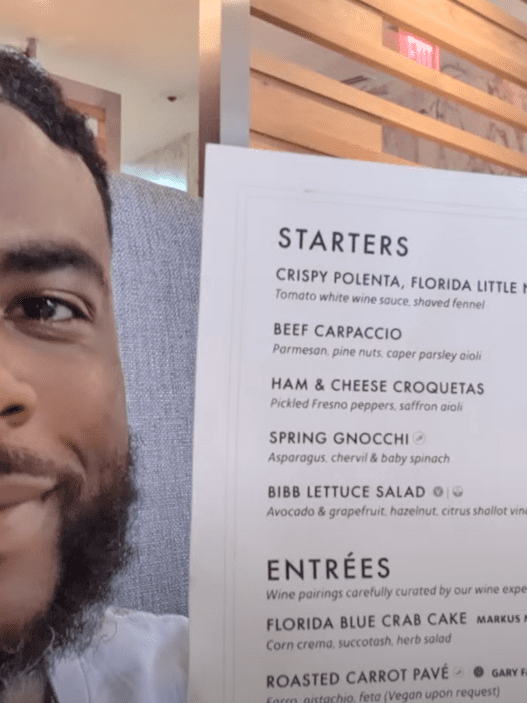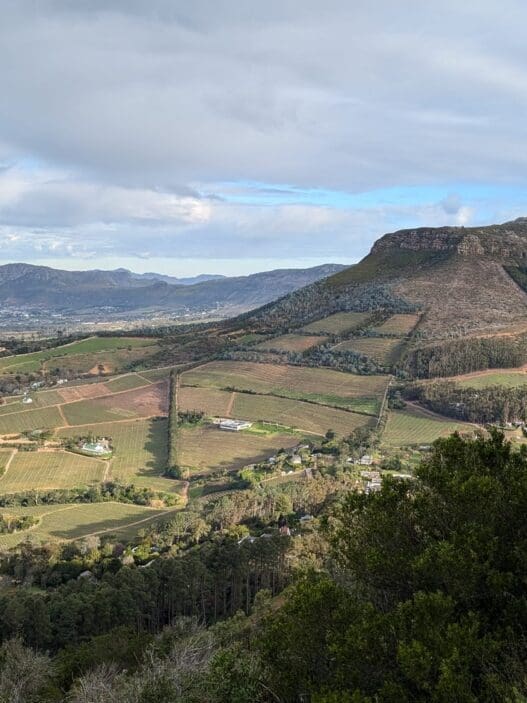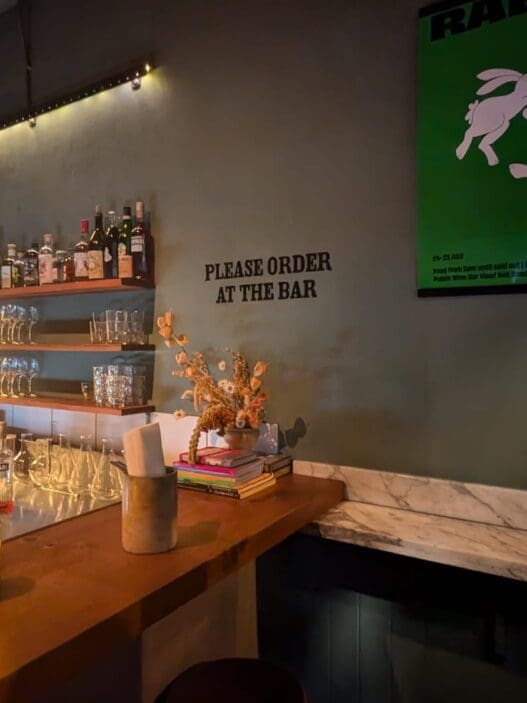💡 tl;dr—Should you find yourself in South Africa, I highly recommend spending a day tasting at some wine farms. Easily accessible from Cape Town, prominent wine regions of the Western Cape include Stellenbosch, Swartland, Paarl, and Franschhoek. For my first tasting in South Africa, I visited farms in Franschhoek and Stellenbosch. Outside of the outstanding wine, what made the experience so enjoyable was the simplicity of it all – each wine farm I visited felt approachable, laid-back, and welcoming – suitable to wine lovers of all levels. And most importantly – the wines were great!
I love wine – plain and simple. Over the years, I’ve gotten a lot closer to it through reading, certifications, and drinking it – but my favorite way to experience wine is to visit wineries and vineyards. In fact, a big inspiration for many of my trips is finding ways to combine wine with hiking or something outdoorsy. Such was the case on my recent trip to South Africa. Going into the trip, I was not knowledgeable about South African wine. My experiences were limited to a few larger producers, an assortment of names on a map, the well-rehearsed phrase of ‘Pinotage and Chenin Blanc ascend to great heights there,’ and one rogue fun fact about Napoleon and dessert wine. Perhaps I’m not alone in this – while South Africa is the world’s eighth largest wine-producing country (by volume), the country’s exports to the US comprise a tiny part – less than half a percent! – of the total US wine imports market. Without a great relationship with an importer or distributor or access to a particularly attuned niche wine retailer – it’s challenging to get a feel for what new, fun, or otherwise innovative wine projects are coming out of South Africa. Thus, I was both excited and hopeful that my first trip to South Africa’s wine country would give me at least a small ‘taste’ of everything – the traditional, new-age, the funky, the edgy, the fizzy. And it did. Let’s jump into it.
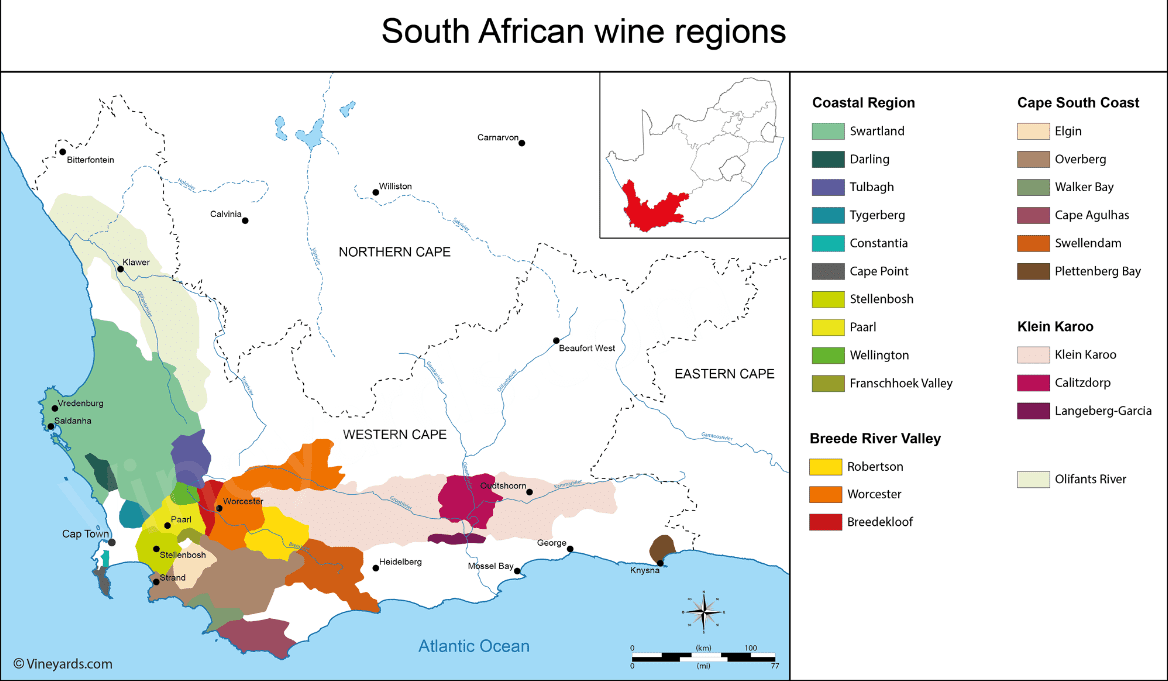
Choosing Where to Go and How to Get There
Outside of sending one email, I had not done much planning for our wine adventures by the time we arrived in Cape Town. The journey to Cape Town included a week trying to do-see-eat as much in Sao Paulo (also a first-time visit) followed by a few nights’ pitstop in Johannesburg before settling in for our 3-night stay at the Hyatt Regency. I decided to target going to the wine farms (vineyards) on the second full day in town. After check-in, I researched the nearby regions of Stellenbosch, Swartland, Paarl, and Franschhoek, as well as producers, rental cars, and tour operators. I compiled a starter list of wineries I wanted to check out, knowing I’d ultimately cull the list of my top four of five. Driving ourselves would be a last resort, and as luck would have it, that one email I sent was a winner. Sitting in my inbox was a message from Wine Flies ZA – a response to my ‘Custom Wine Tour’ inquiry. After some back and forth finalizing the stops, I reserved a full-day tour, which included aperitifs, lunch, and all the tastings. Perfect.
A Day in Wine Country
The tour included pick up and drop off. At about 9 AM we snagged some coffee from the lobby restaurant and met our tour guide (and driver), Julian, outside the revolving doors. Julian is awesome. Knowledgeable and witty – he helped make the experience a memorable one. Wine Flies does tours daily throughout most of the Western Cape’s regions; over time, they’ve developed strong relationships with most, if not all, the wine farms in the area. We’d see this play out throughout the day, as it felt like we were old friends at every stop. Our itinerary included four wine farms, with the possibility of a fifth, if time allowed. The first wine farm was exactly one hour away, in Franschhoek. The sky was overcast and would remain so, but off we went.
Le Lude Estate
La Lude specializes in Cap Classique wines – the term for South African sparkling wines made in the traditional method using local grapes. Alongside Colmant, La Lude is considered to be one of the region’s pioneers in sparkling wine production. The tasting room doubled as a restaurant and had a sparkly (apt, I know) classic, yet still decorous, finish to everything. A Brut Reserve, Brut Rose Reserve, Prestige Rose, and a 2015 Cuvee were available for tasting, all fusing combinations of the classic Pinot Noir, Chardonnay, and Pinot Meunier tryptic. Alongside came much-needed canapes (we had no time for breakfast before leaving the hotel).
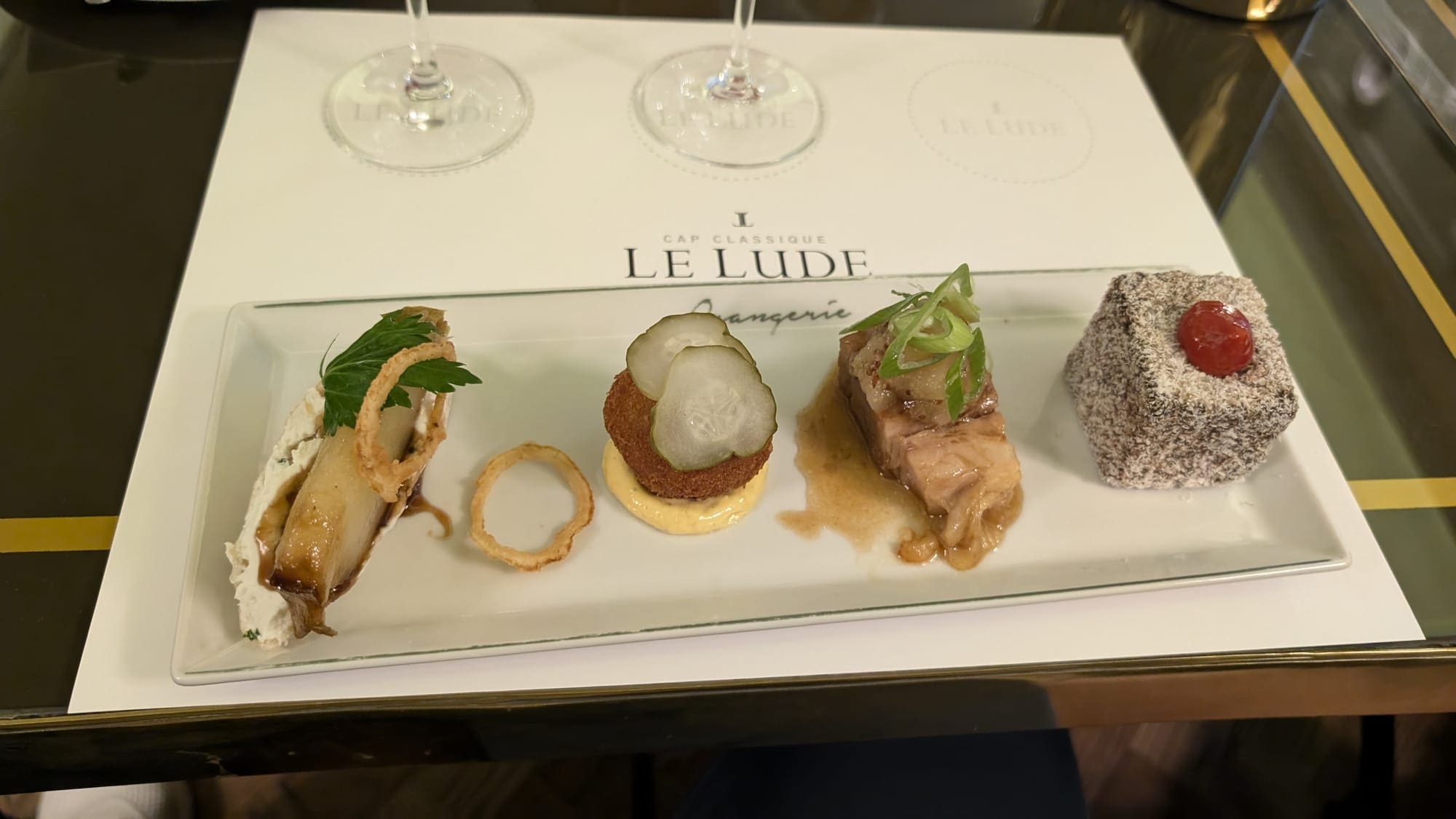
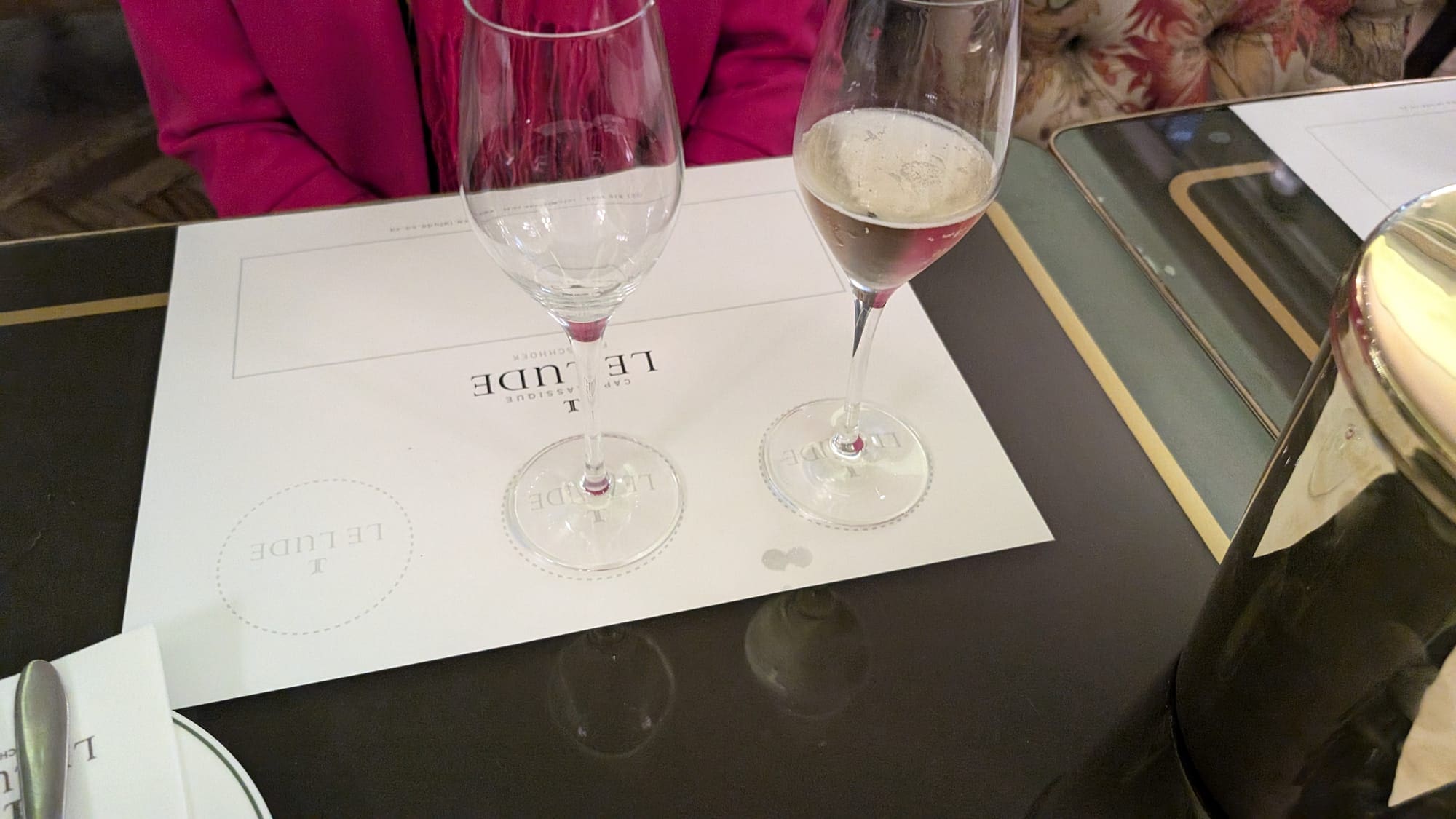
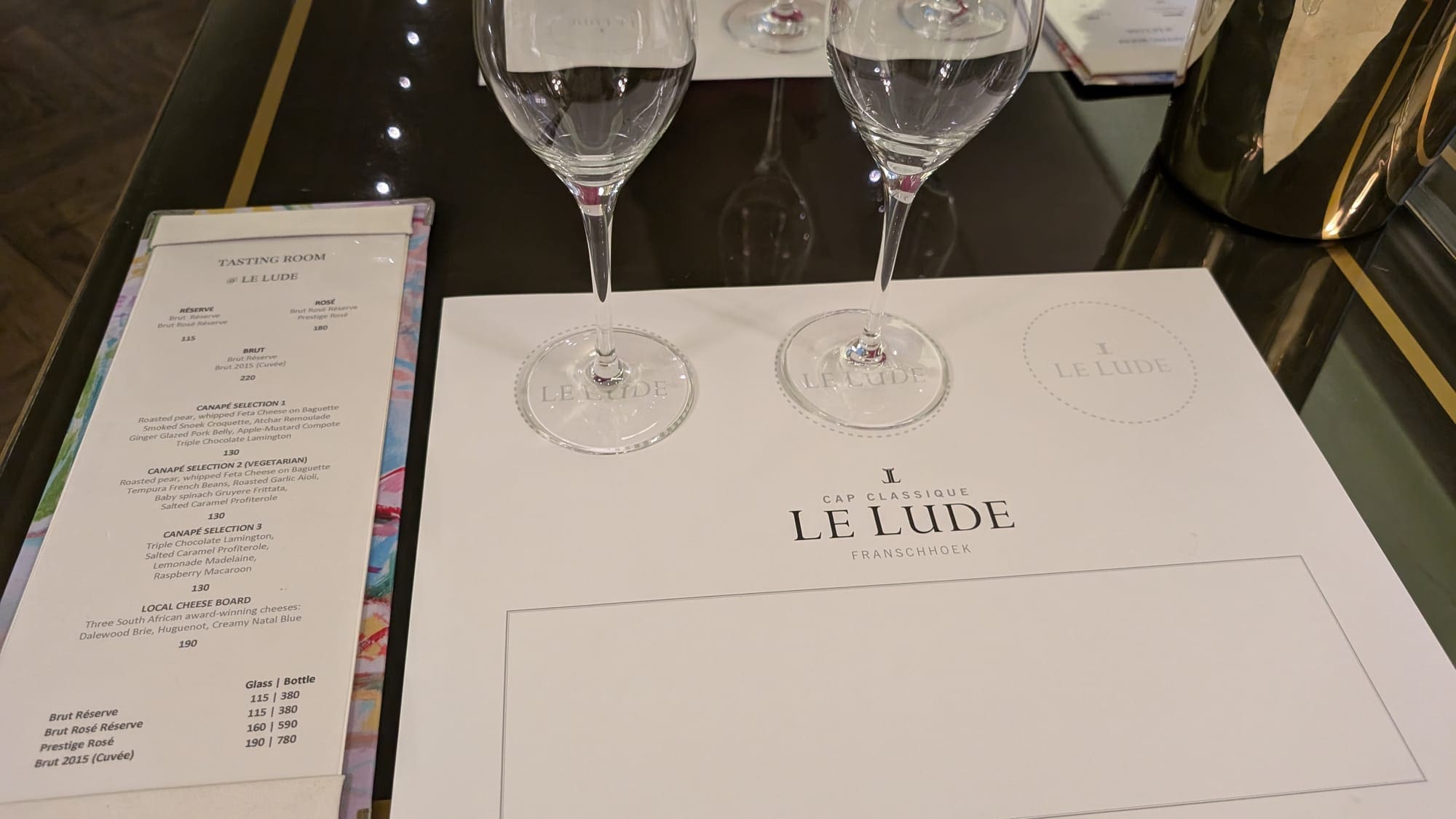
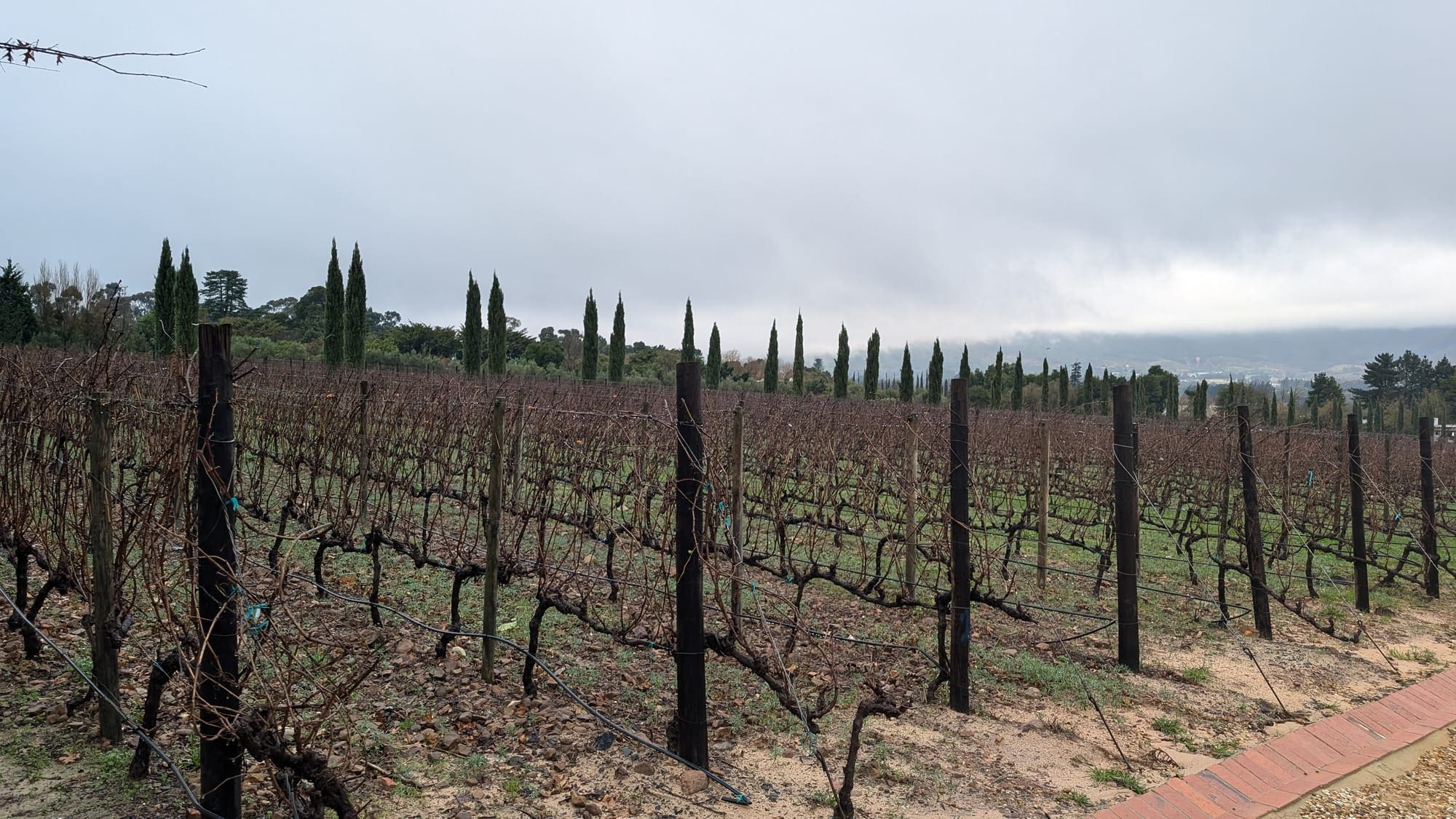

Le Lude Tasting experience
All the wines were solid, but I was particularly impressed by the Brut Rose Reserve. It had both brightness and lightness and wasn’t as ‘mealy’ as some wines made in the champagne style can be. The snacks were solid, too—nothing out of the ordinary—but they paired well with the selection of bubbles.
Black Elephant Vintners
The next stop of the day was Black Elephant Vintners. The youngest wine farm of the four we visited, I had one of the most unique wine-tasting experiences here, and I’ll cover it in a separate, dedicated post. Here are some photos in the interim:
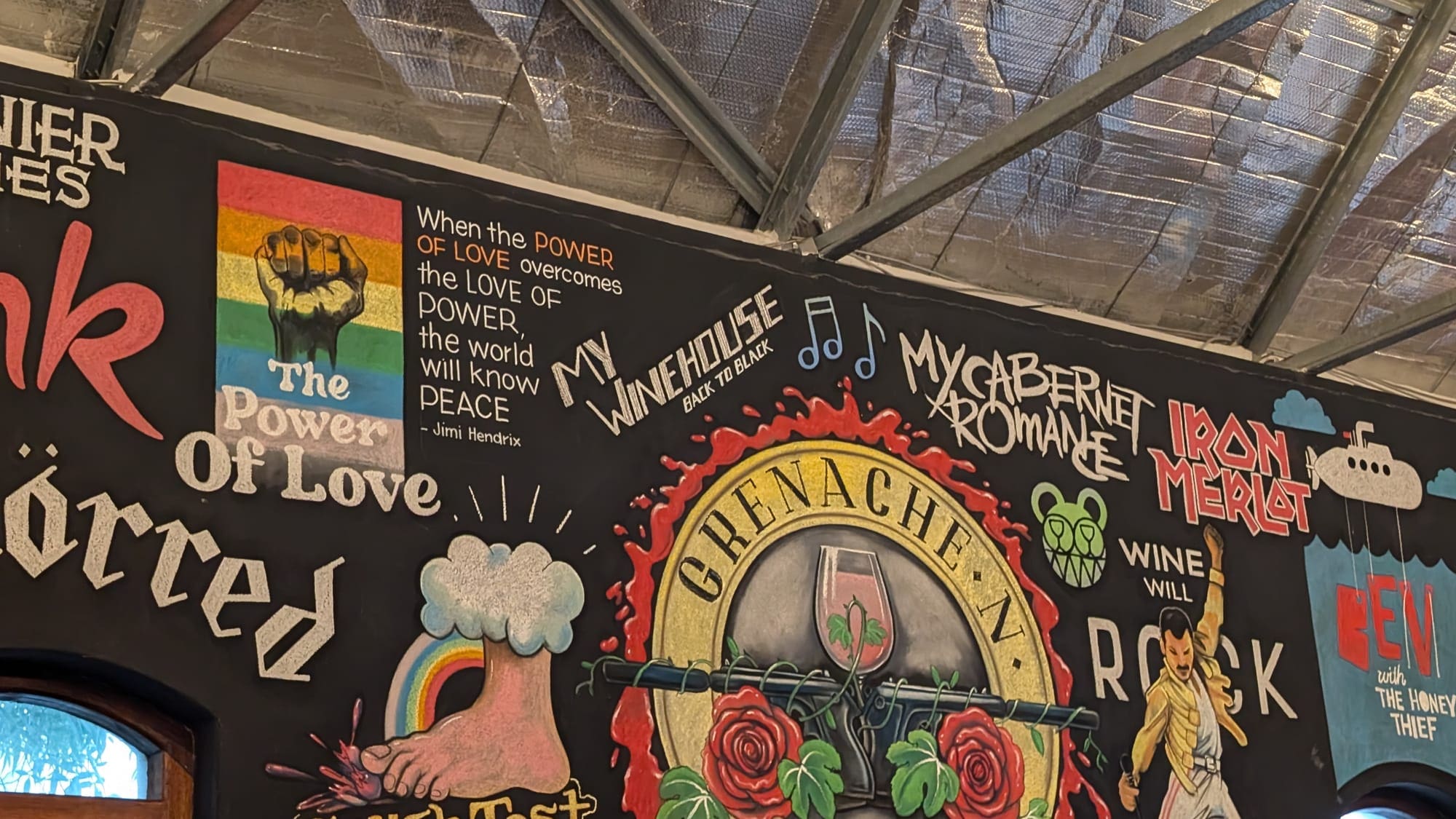
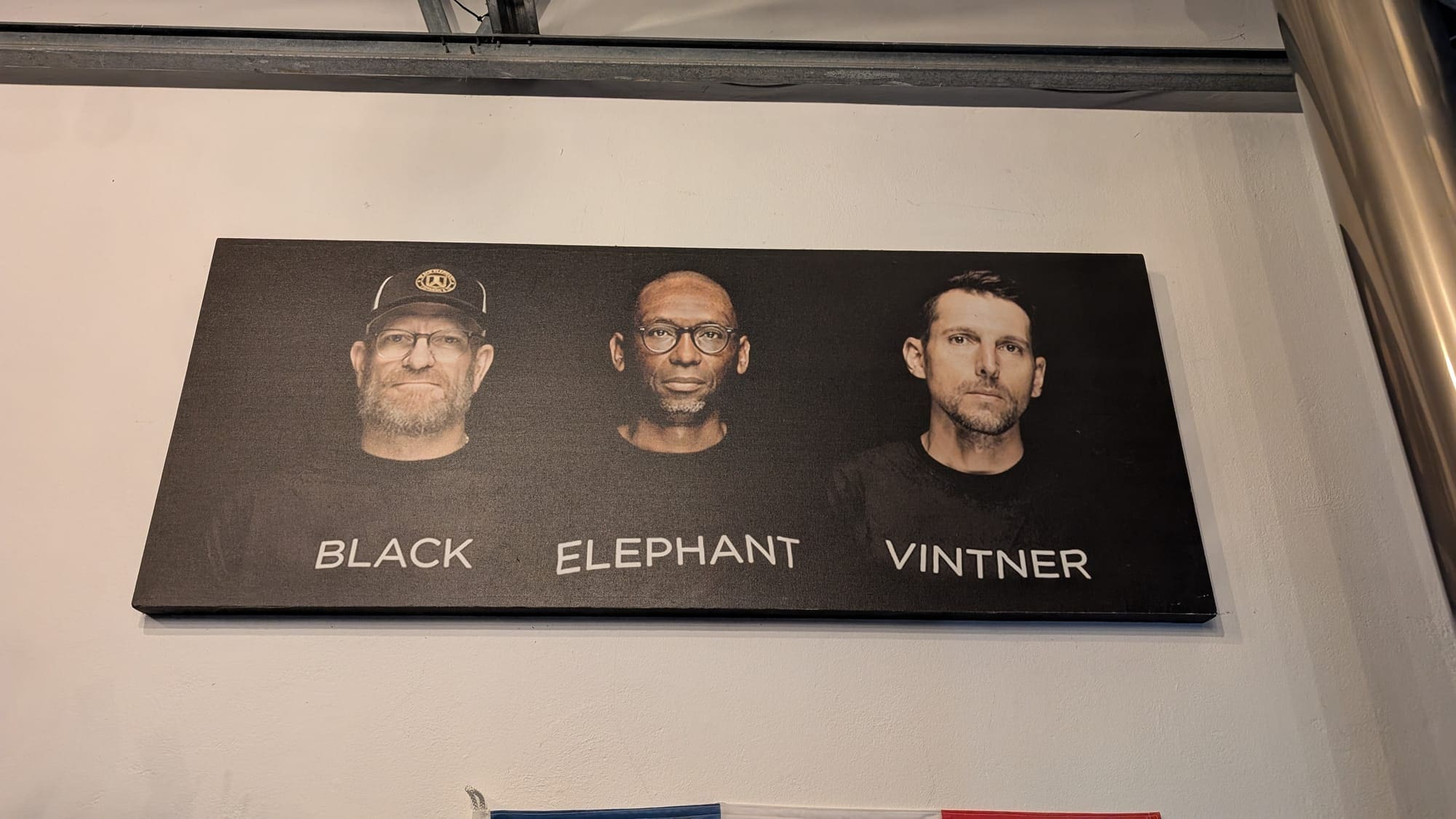
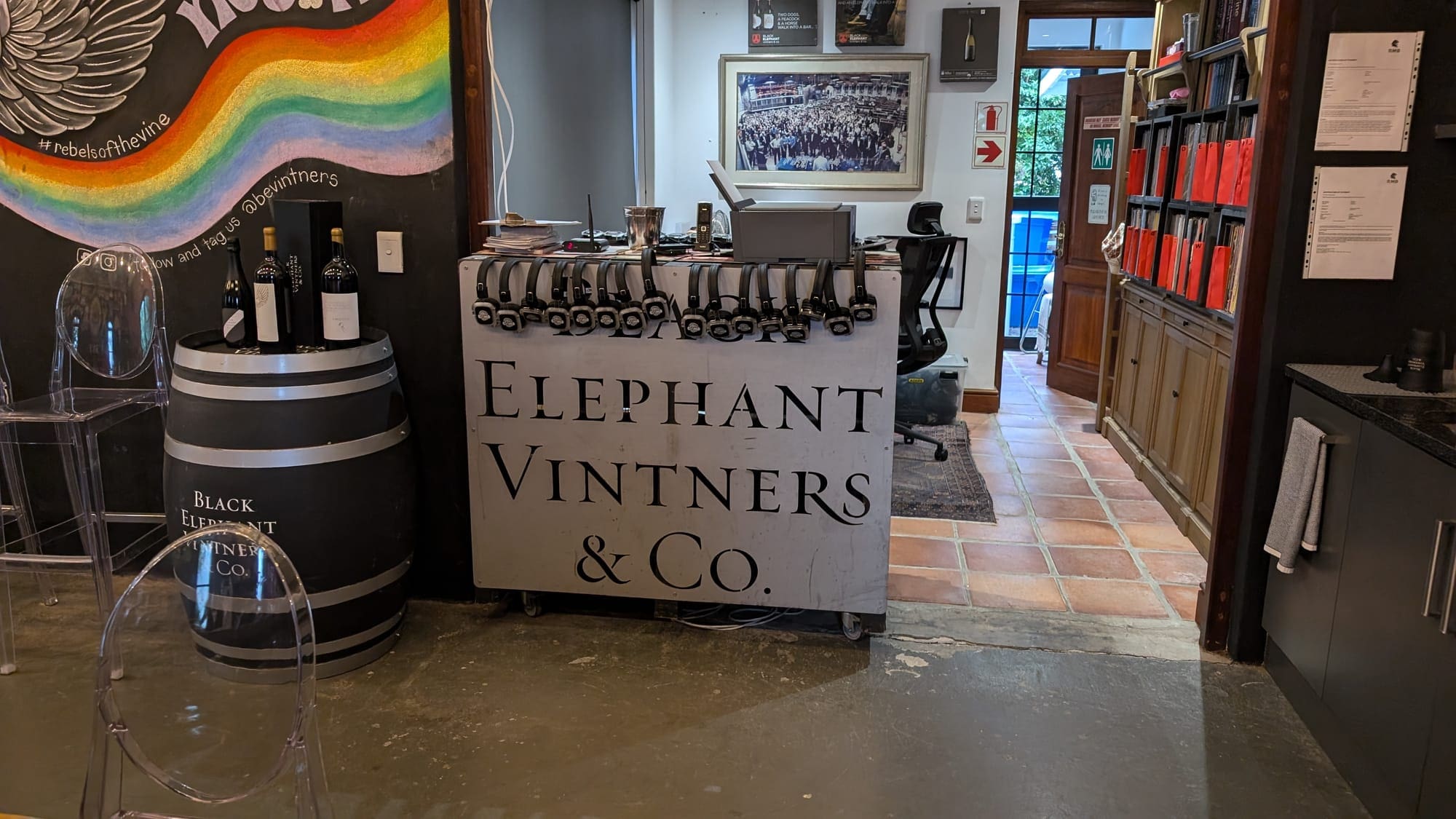
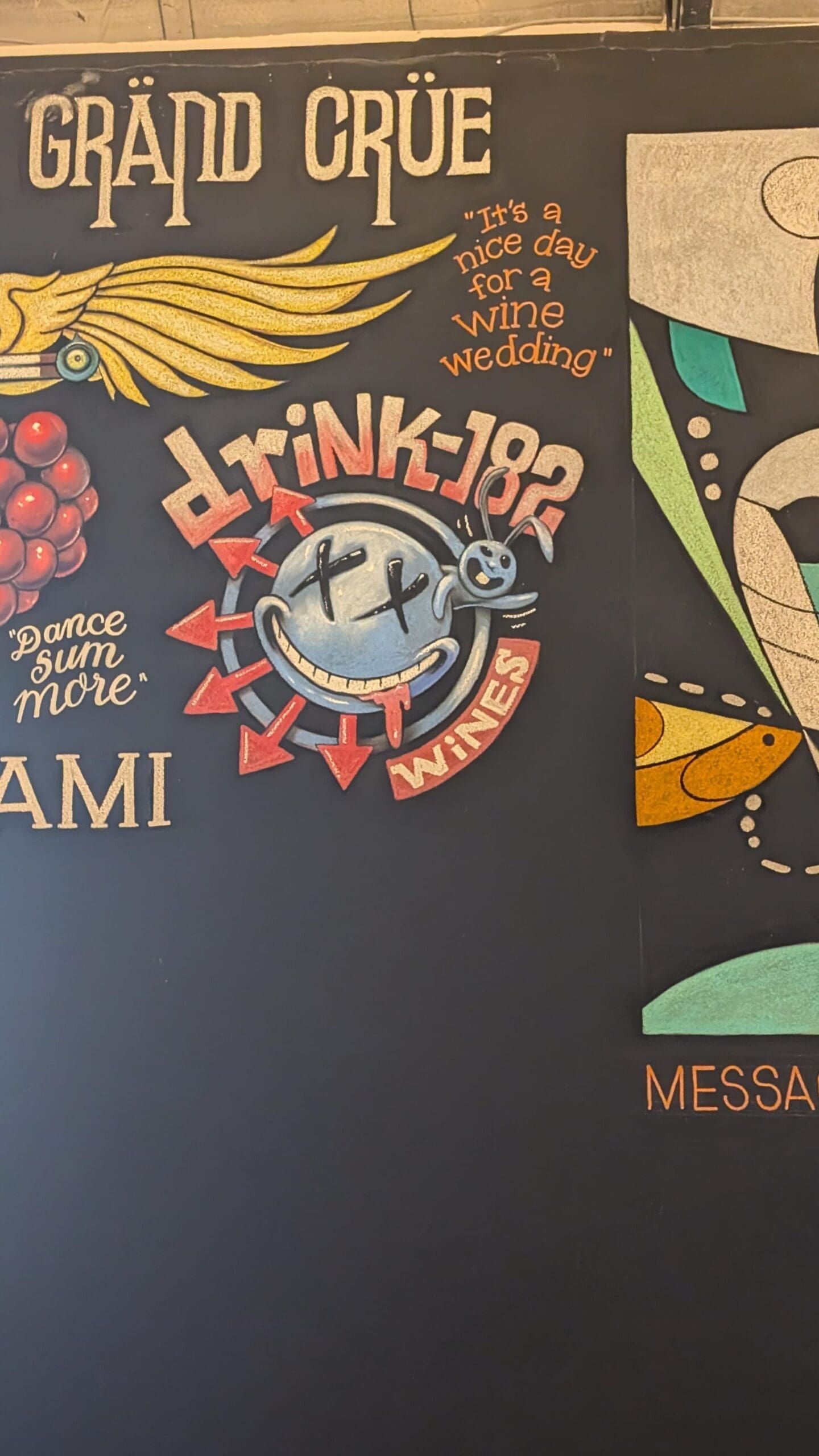
Black Elephant Vintners tasting room
Thelema
Moving into Stellenbosch, Thelema – an outlet with a Greek name meaning ‘will’ – was up next. The outside of the tasting room was rustic and pretty unassuming, save for a sturdy bronze statue of a rhino. Inside there was an elegant walkway highlighting an incredible mosaic mural, the figures of which seemed to stand watch over stacks of oak barrels beneath. A few steps into the heart of the tasting room, we were seated at a table right at the window, overlooking a now-foggy valley and rows of vines. Magnificent.
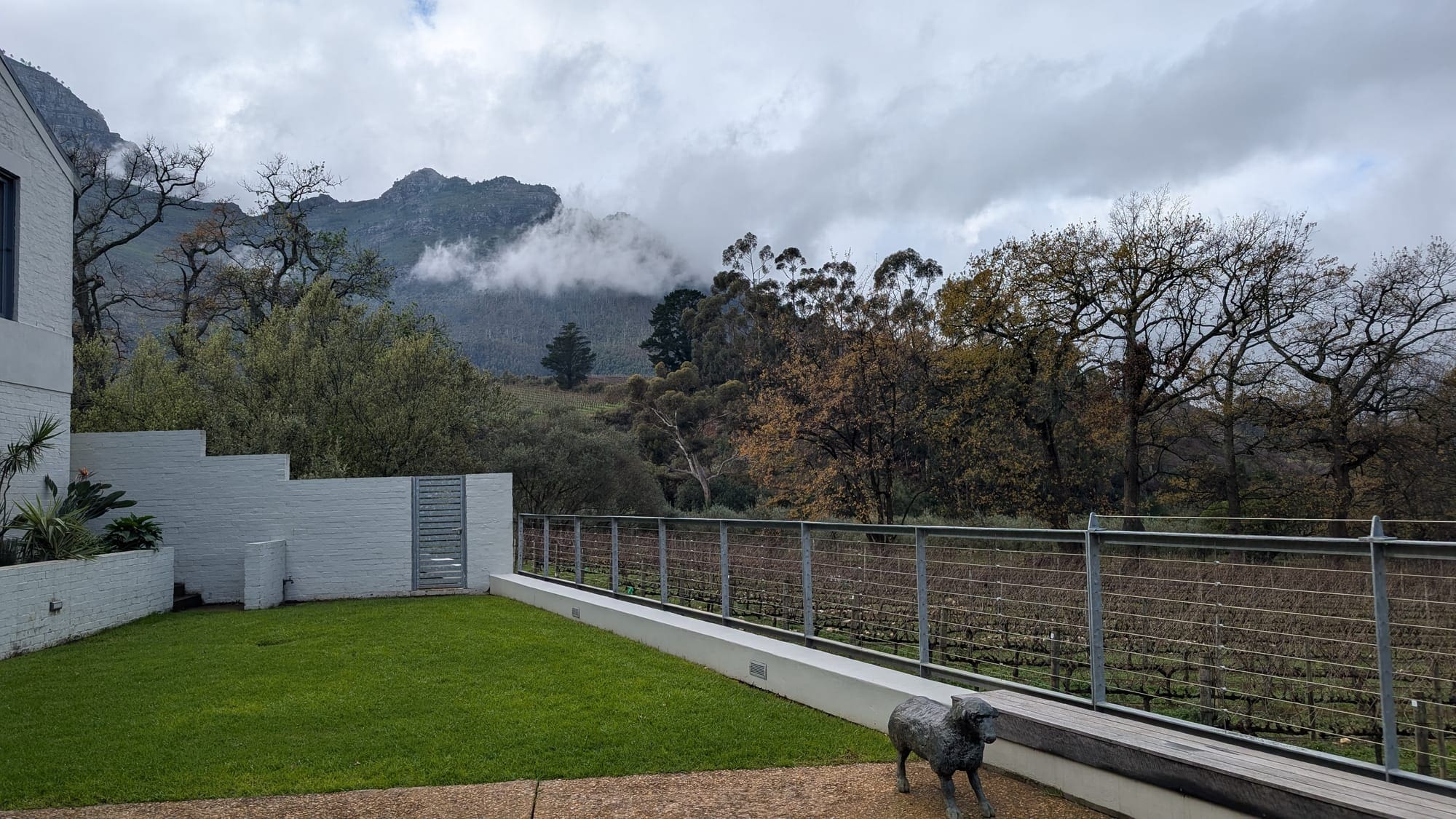
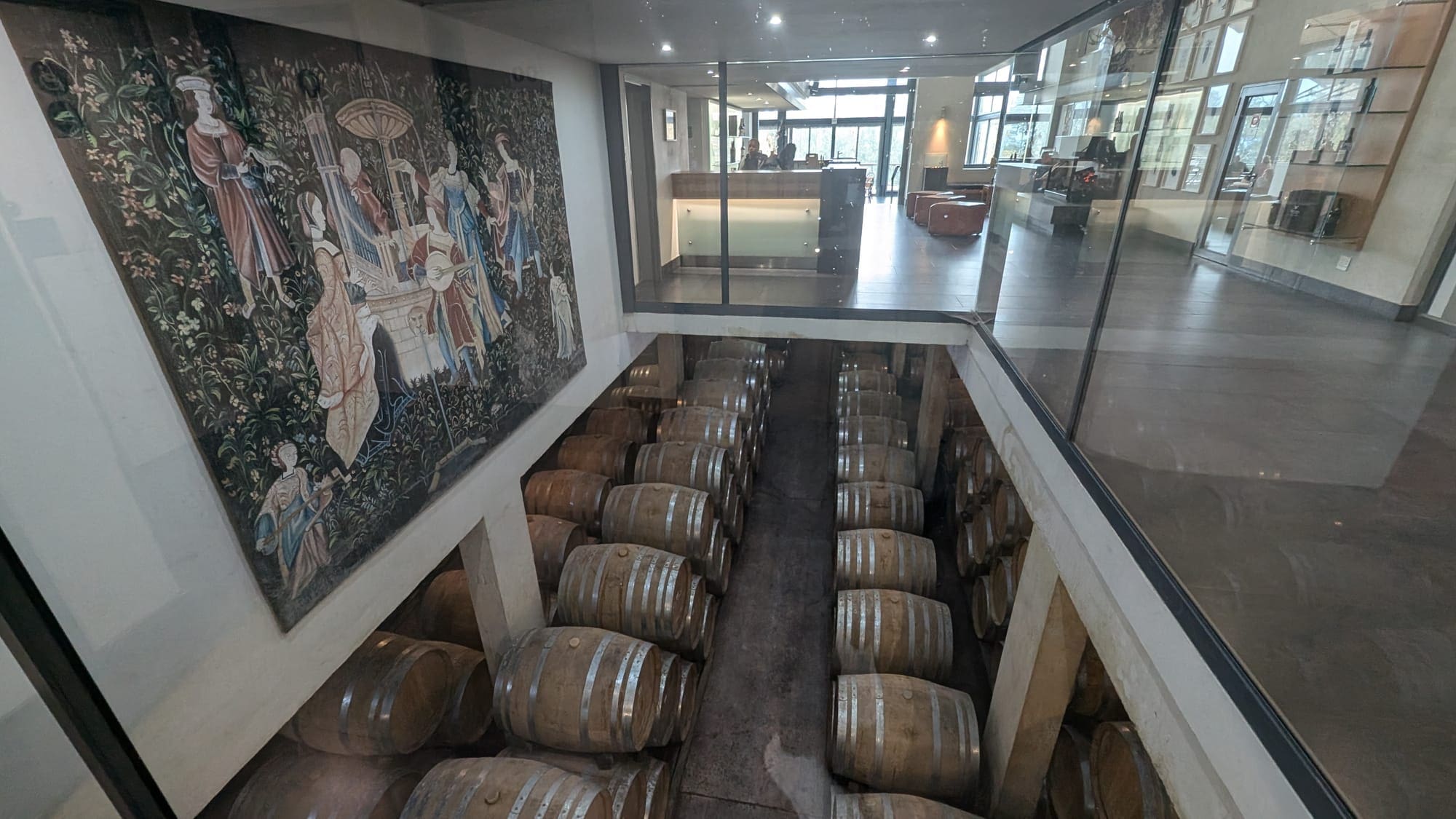
Thelema’s tasting room providers stunning fews of a foggy valleyw
IMO, Thelema had the most consistent lineup of the day. It felt like there was a high bar for each wine they poured, and you could feel the winemaker’s touch on each one. I gravitated towards two wines we’d take home – the 2021 Rabelais and the Emily, a 2021 Petit Verdot sourced from the Eglin Valley and bottled under Thelema’s sister label – Sutherland.
Delheim
Delheim was a memorable last stop, as I had my single favorite wine of the day there, and importantly, it’s where we had lunch. First, the food – delicious. I actually forgot to take a photo before diving in, and well, yea this is the result:
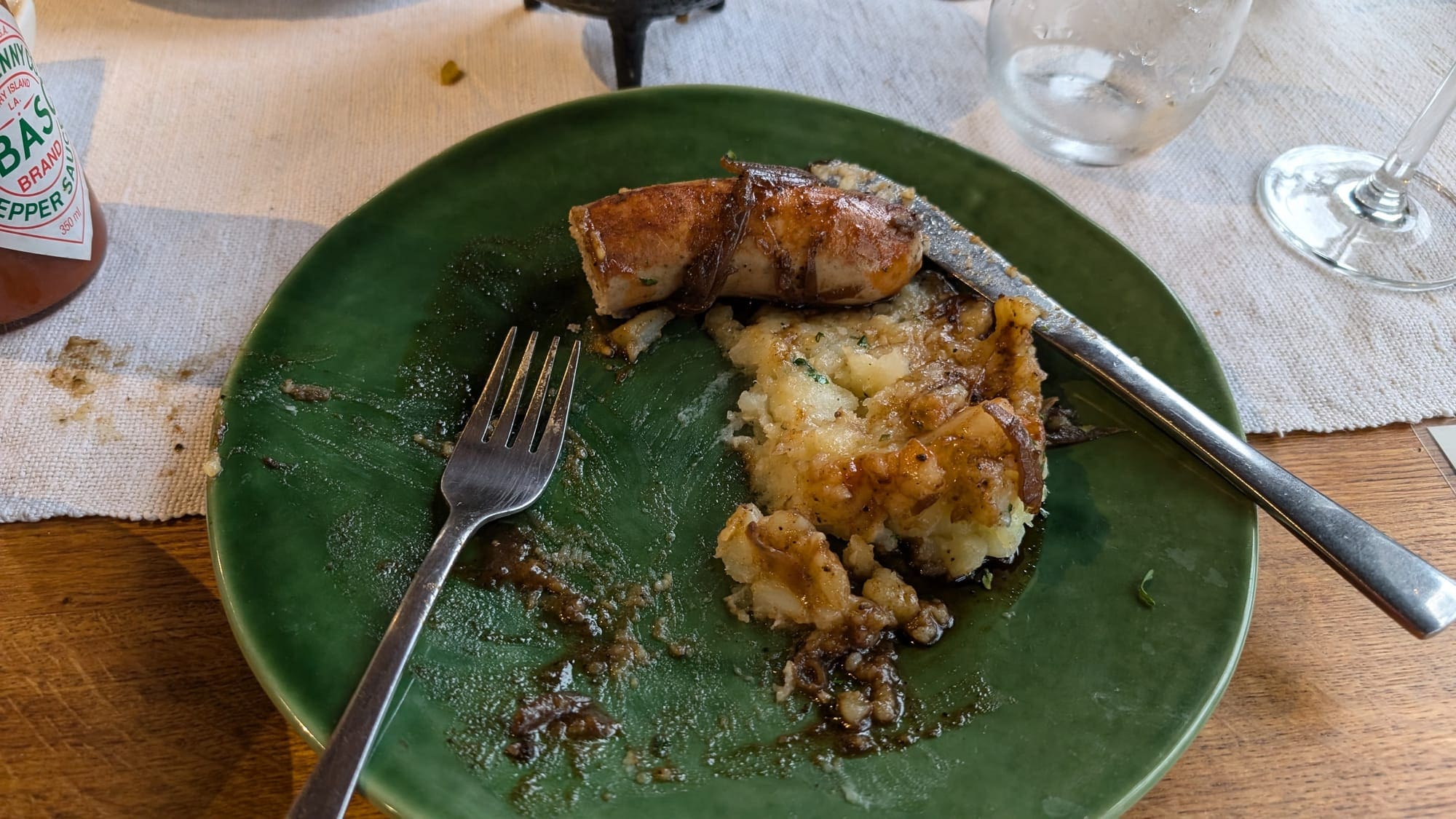
Delheim produces a Grand Reserve – a blend of Cabernet Sauvignon, Cabernet Franc, Petit Verdot, and Merlot but it was a wine offered by the sales manager, Purdon Rhode, that floored me. Nearing the end of our experience, he brought a glass to the table and asked me to taste and identify the varietal. I failed. Iconoclast is a single varietal Cabernet Franc that tastes unlike any other Cabernet Franc I’ve ever had. Less earthy and green – more plum and just enough pepper rounded out by balanced, softer tannins. IDK, it just worked.
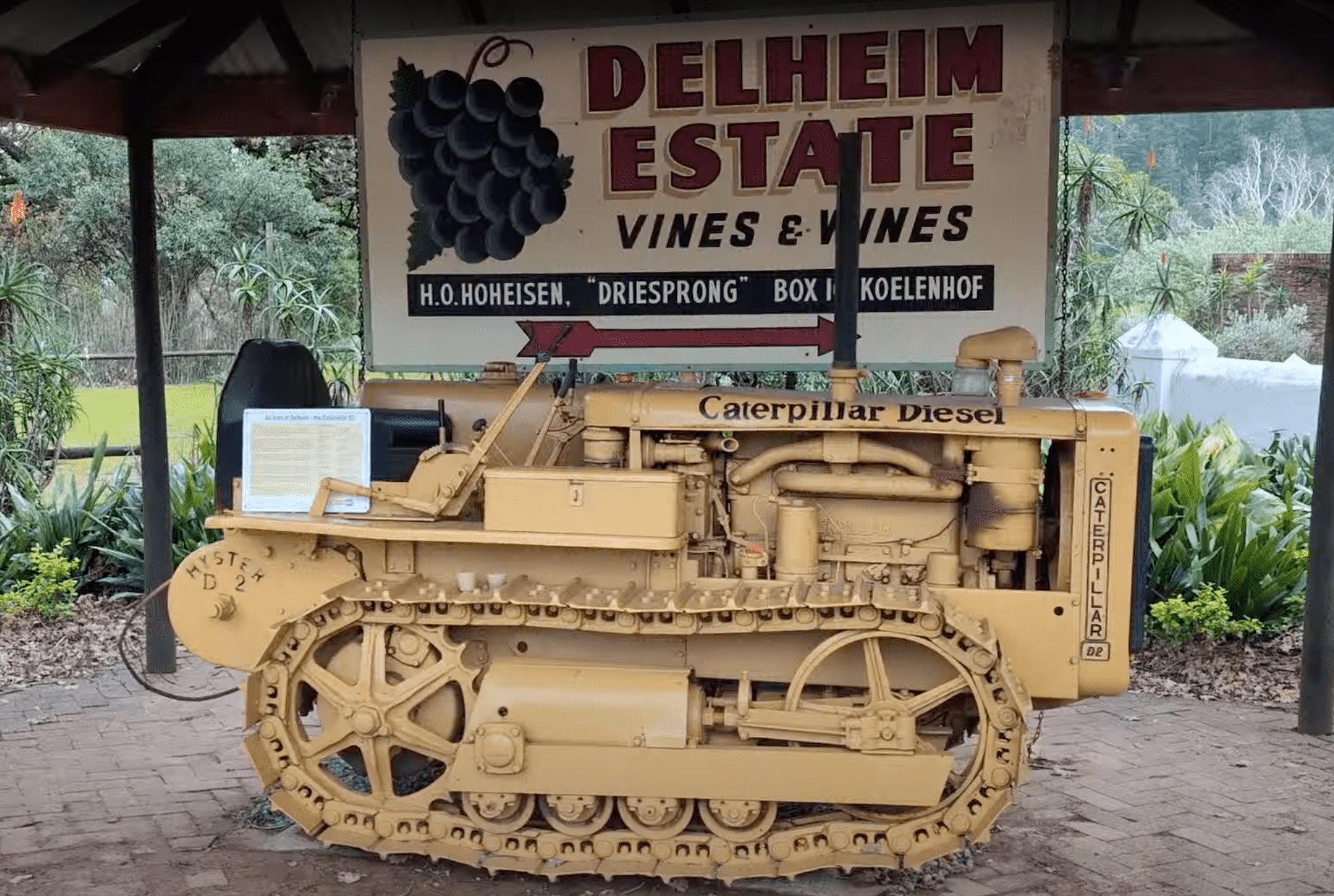

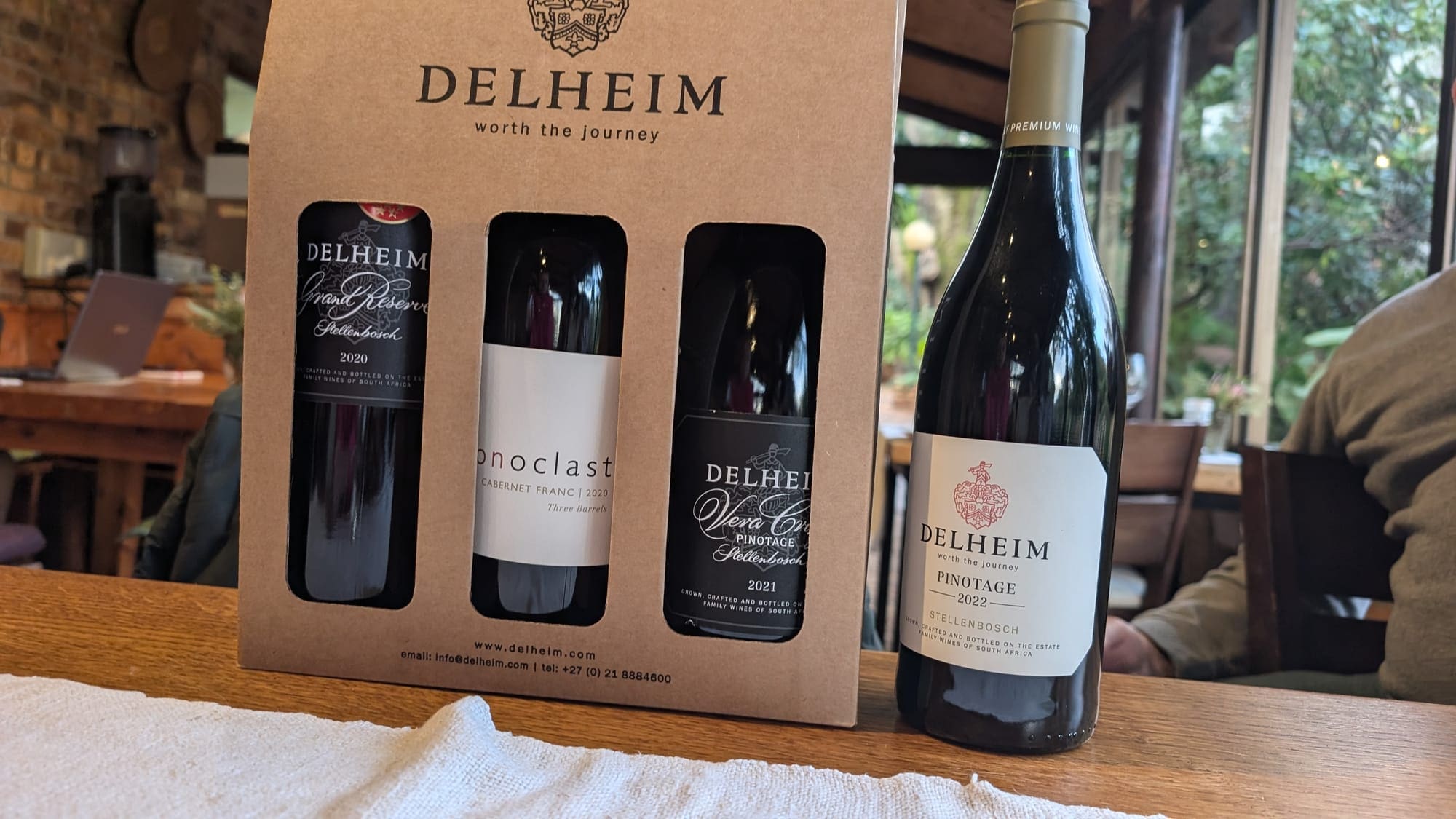
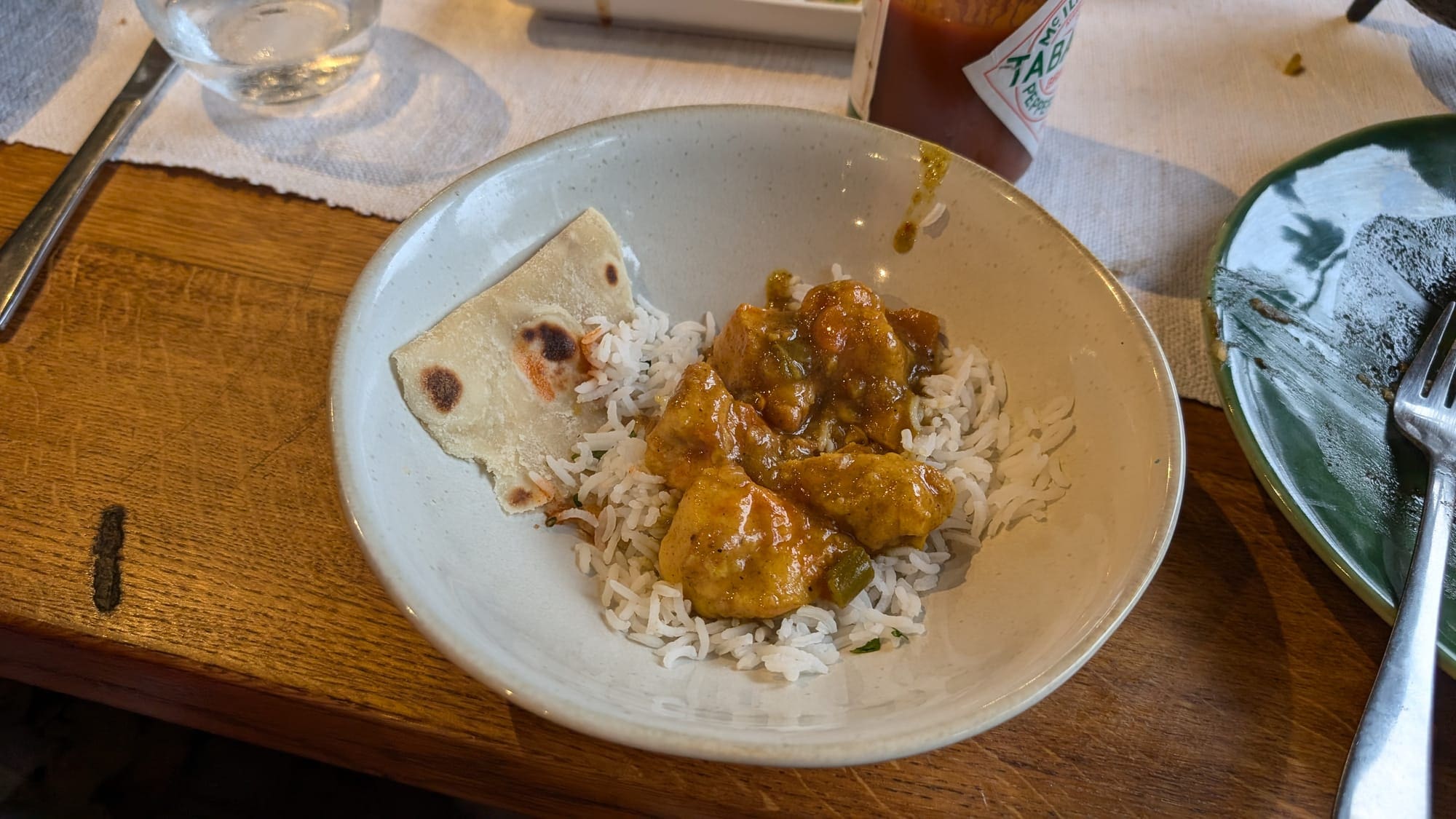
We enjoyed lunch, great wine & hospitality at Delheim
Takeaways
I was impressed with the quality and the variety of the wines we tried. Structure and complexity abound; all the wines felt ‘finished’; I genuinely felt a distinct local style and profile. We visited in July – a noted low season for travel (winter) – so I’m curious how our experience would differ had it been on a busier, high-volume weekend day during peak season. That said, what felt true to the core was the pride and laid-backness of it all. Almost everyone we interacted with was keen to share the history of their wine farm and the entire region and wine industry. I especially appreciated the candor folks exhibited when discussing apartheid. The legacy of the abhorrent system that was apartheid touches everything in South Africa and wine is no exception. With embargoes in place making it difficult to access new technologies, coupled with restrictions on talent, apartheid hindered the development of an upstart South African wine industry, putting it behind other up-and-coming “New World’ regions for many years. At the same time, the forced reliance on internal resources mandated that local producers become more self-sufficient and ‘learn their land’ to find the innovation within. As a result, years of local techniques, terroir, and people came together to create something uniquely South African. If you are in South Africa, I recommend going to a wine farm—anywhere in the country. There are over 2,690 wineries to choose from, and in addition to enjoying some fantastic wine, you’ll undoubtedly learn a ton. I know I did.








